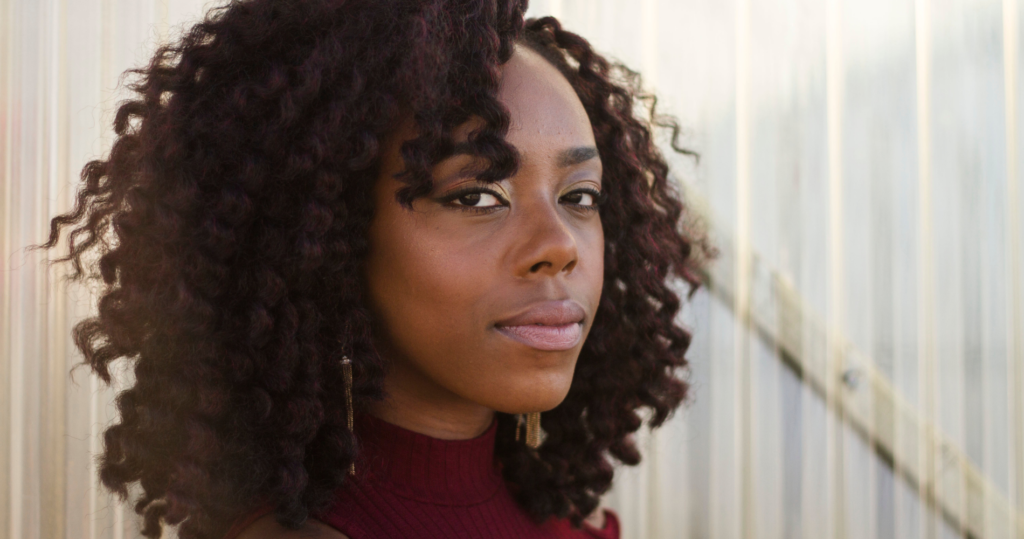Understand Your Hair Better By Knowing Your Hair Density
The real meaning behind you have to much hair to handle.
Hair Care | November 1, 2020

I thought I knew it all about my hair once I was able to identify my hair type, but I was sadly wrong. I had to find out the hard way that I needed to know my hair density so I can prevent myself from making the same mistakes. If you want to be more knowledgeable about your hair, then you need to know your hair density.
You are probably asking yourself.
What is Hair Density?
Hair density is the number of stands on your head that gives you that gorgeous head of hair. If you hear people saying “his hair is so thin” or wow! she has too much hair to deal with,” then they are referring to their hair density and not their hair thickness. Learn more about your hair thickness and understand why knowing the difference between the two is important.
How Knowing Your Hair Density Helps You?
Knowing only your hair type is nowhere near enough when it comes to learning more about your hair. Your hair density helps you determine better styles suited for your hair and using the right products for your hair.

Best Ways to Determine Your Hair Density
Scalp test
After you washed your hair and it’s product free, let it fall and look in the mirror. Now check to see if you can see your scalp without moving any hair.
The results:
Low density hair: Yes, I can see my scalp
Medium density hair: I have to move my hair a bit to see my scalp
High density hair: No, I can’t see my scalp at all
Ponytail test
An easy way to figure out your hair density is by putting your hair in a ponytail and measuring the circumference of the ponytail (around the hair tie).
The results:
Low density hair: The circumference of your ponytail is less than two inches
Medium density hair: The circumference of your ponytail is two to three inches
High density hair: The circumference of your ponytail is more than four inches
Count it out
Now, this is not the most practical test, and it is very tedious and boring, but it’s one way to determine your hair density. Take one square inch of your scalp and count each strand. The average is approximately 2,200 strands of hair per square inch, so if the number of strands is under 2,200, you have low-density hair. If you have over 2,200 strands of hair per square inch, then your hair density is high. If you choose this option, then good luck, and I am amazed by your patience.
I Have Determined My Hair Density. What Should I do?
Low-Density Hair
What you should do:
- Use lightweight styling products (Ex: leave-in sprays, dry shampoos, volumizing foams/mousses)
- If you want your hair to look fuller, you should go for styles with:
- Rounded ends
- Feathered cuts
- Layers
What you shouldn’t do:
- Use heavier creams or butters to style your hair
Medium Density Hair

What you should do:
Well, you kind of get to play around with both ends of the spectrum of hair density
- Products to use to add volume at the roots:
- A mousse or dry shampoo
- Products to use for less volume use:
- Creams or butters
High Density Hair
What you should do:
- To minimize puffiness and frizz use:
- Gels
- Thick creams or butters
- Work in sections when washing and styling
- If you want your hair to look less dense and feel lighter, then have your stylist thin out your ends
What you shouldn’t do:
- Use lightweight styling products which will require you to:
- Use a large amount of the product
- Feel like your hair is dry after the first day of moisturizing
- Have too much frizz
Side Note: Instead of saying, “look at that thick hair”, you can say “girl your hair is dense” or “look at that dense hair”. That may not have the same ring but it does sound pretty funny.
There is so much more you can learn about your hair, so you know what works best for you. I think it’s great when you know what makes you, you.



